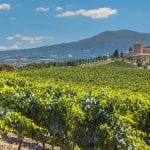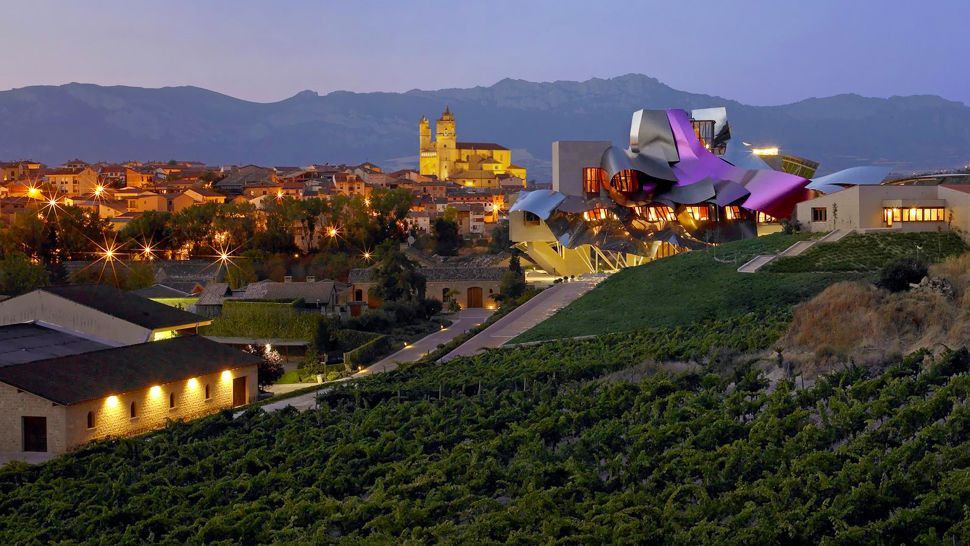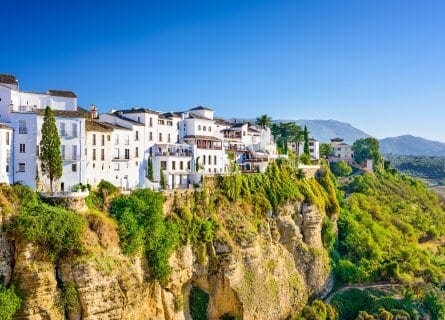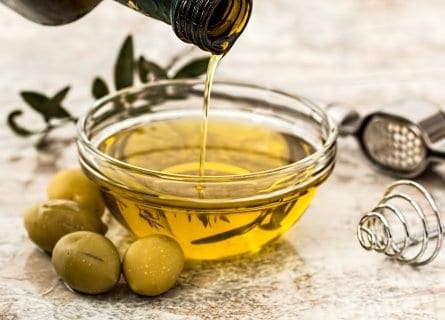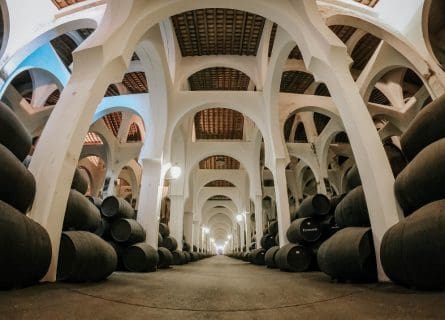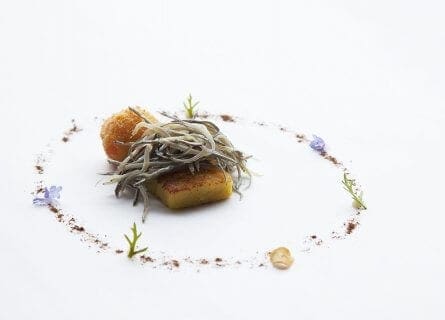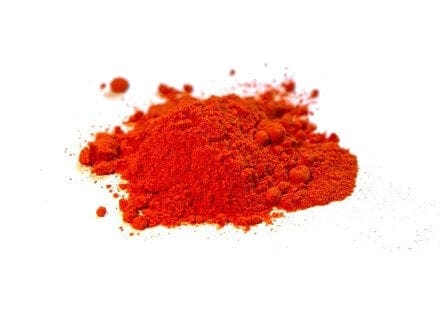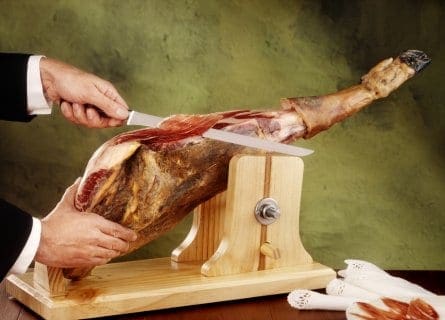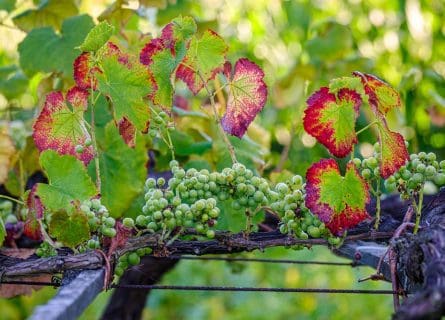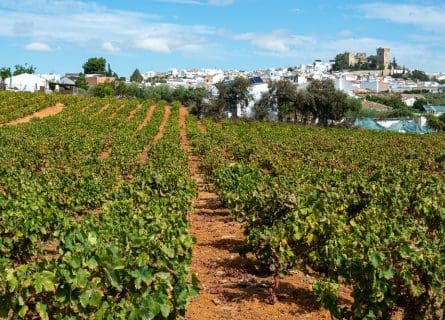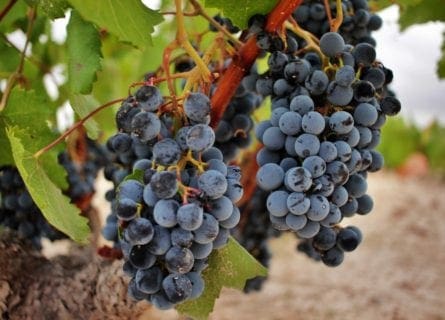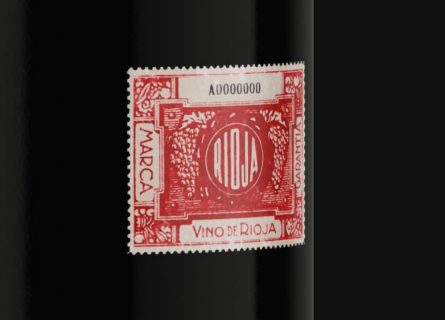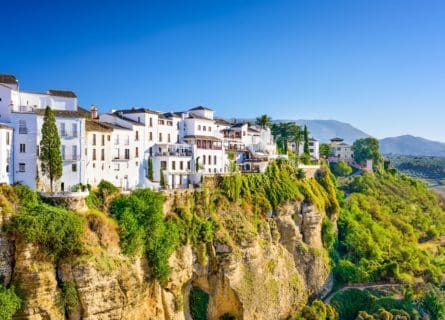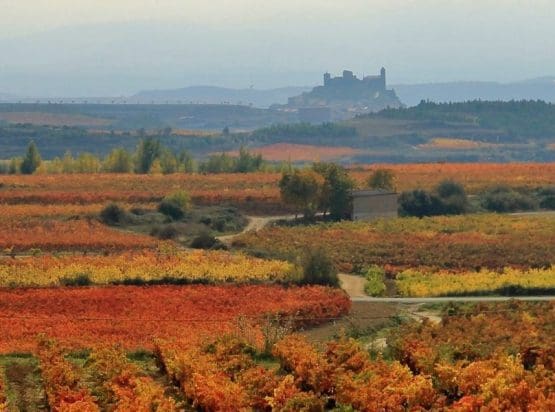
Haro Travel Guide
Delight in the perfect pairing of wine and cuisine in Haro - a culinary journey through the heart of Rioja's winemaking heritage.
Haro represents the very soul of the Rioja region. The administrative capital of La Rioja is Logrono, yet there is almost indescribable magic to this small, attractive town situated in the north of the zone. It has been the center of viticultural activity in Rioja for centuries. Built on the sides and top of a hill on the southern slopes of the Obarenes mountains at the mouth of the River Tiron, Haro enjoys an enviable pole position.
The first official mention of Haro does not occur until the 11th century. However, historians believe that the Rioja region was inhabited by Homo Neanderthalensis as far back as 700,000 BC. These hunter-gatherers led a nomadic lifestyle until a Neolithic farming population drove them out around 5000 BC. Over the centuries, Spain was invaded and colonized by settlers from the Mediterranean, including the Greeks and Carthaginians. Then, in 218 BC, the Romans began their conquest of Hispania.
The Romans ruled Hispania with a tight grip for centuries until the Western Roman Empire started to crumble in the 5th century AD. After that, chaos reigned, and several civilizations attempted to assert dominance over different parts of Spain. Finally, in 542, the Visigoths made Toledo their capital and ruled over their Spanish territories for almost two centuries.
However, their rule ended in the 8th century when armies from North Africa began their conquest of Spain in 711. Encountering little resistance from the disorganized and demoralized Visigoths, the Arab and Berber armies quickly conquered large swathes of the country. Only northern Spain remained outside their control sphere at the height of their power. However, the resistance to Moorish rule began almost immediately – Pamplona in neighboring Navarra fell to the Basques in 755.
Between the 8th and 11th centuries, many battles were fought between the Christian forces of Northern Spain and the Muslim armies. Over time, the Spanish monarchs pushed back the Muslim forces – Navarra emerged as the independent Christian Kingdom in the 10th century, after Sancho I Garces became king of Pamplona. His successor, Sancho III the Great, is the source of the first recorded historical mention of Haro in 1040 in an official state document. After that, the rule of Haro fell to Diego Lopez I de Haro, the Lord of Biscay and close advisor to King Alfonso VI.
How the town came to be known as Haro is something of a mystery. However, the town’s location provides some clues. Historically, there was a lighthouse (Faro in Spanish) on the hillside where Haro now stands, which used to flash its warnings to vessels joining from the River Ebro. So perhaps Faro evolved into Haro over the years?
Haro continued to grow and prosper in the 13th and 14th centuries as part of the newly unified Christian Kingdom – the marriage of monarchs Fernando and Isabel in Valladolid in 1269 laid the foundations of the Spanish nation-state, uniting their lands in military, religious, and diplomatic matters. The Moors were finally ejected from Spain in 1492 when their last stronghold, Granada, was captured by Spanish forces.
In the 17th century, Spain entered a golden age, which saw the flourishing of notable artists and writers who achieved European notoriety and fame. Meanwhile, Riojan Wines had become so crucial to the economy that in 1635, the Mayor of Logrono banned carriages from passing along roads near the bodegas, worried that they would disturb the wines. Rioja’s first commitment to quality dates back to this period; in 1650, official documents reference quality control.
The 18th century saw the Real Sociedad Economica de Cosecheros de Rioja (Royal Economic Society of Rioja Wine Producers) established to encourage the cultivation of vines and wine production and its commercial development. It was a prosperous time for Haro – improvements to the city’s housing and infrastructure were made, and successful merchants built lavish mansions to display their newfound wealth.
Haro’s connection with France began in the second half of the 19th century when French vineyards were affected by mildew and phylloxera. This parasite was to destroy practically all French vines. Inevitably, some of the Bordeaux wine producers came to the Rioja region and soon realized that, although conditions differed from those they knew in Bordeaux, it would still be possible to produce excellent wines – as was subsequently shown when they vastly improved wine production in Rioja. Due to its good rail links with France and other regions of Spain, Haro was the natural location to found bodegas and is today home to the oldest, including Marques de Riscal and Tondonia.
Sadly, all this occurred against a backdrop of national decline and political disintegration – Spain’s first Republic lasted only a year (1873) and consumed four presidents. Moreover, the 20th century would see further political upheaval as King Alfonso XIII was forced to abdicate in favor of the Second Republic, which was declared in 1931.
However, the Nationalist movement did not want the Republic to prosper and rose against the government in 1936. This marked the start of the Spanish Civil War between the Nationalists, under General Franco, and the legitimate Spanish government. After years of brutal fighting, the Nationalists were victorious and established a government in Madrid in 1939. However, the bloodshed didn’t stop there – with many Republicans executed in reprisals, and Spain remained internationally isolated until the 1950s.
Yet, in the 20th century, Rioja continued to thrive, irrespective of the many political upheavals. Spain did not participate in the Two World Wars, and in 1926, Riojan wines were officially recognized with the establishment of the Consejo Regulador (regulatory board). The board attained legal status in 1945 and was formally established in 1953. In 1991, a Ministerial Order granted an additional and superior designation to be added to Rioja’s wines, making them the first wines in Spain to achieve the ranking of Denominacion de Origen Calificada (DOCa). Every year, its citizens celebrate Rioja’s global renown during La Battala dos Vinos, which takes place in June. Over 4000 join in this exuberant three-hour battle – commemorating a dispute between Haro and the neighboring town of Miranda. Wine is traditionally ‘fired’ from botas (flasks made from the animal hide). No one is spared, so our advice is to pack old clothes!
Nevertheless, despite Haro’s obvious importance to Rioja’s history, even non-aficionados will find much to love in this compact and picturesque little town. Easy to navigate, Haro encourages visitors at every turn to stroll around and enjoy its many attractions. The area known as La Herradura (the horseshoe) typifies everything great about Haro. The nearby Plaza de la Paz is a hedonist’s dream, full of excellent restaurants, tapas, bars, and cafes. Haro may only be a small town, but its appeal and charm are endless.
-
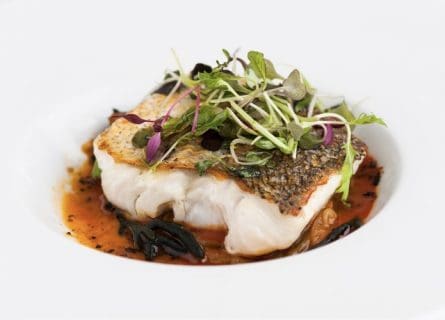
Masterpiece of flavors and textures in Restaurante La Vieja Bodega (see below) Gastronomy & Wine
The Spanish proverb “three Spaniards, four opinions” does not apply to Riojanos and gastronomy – they unanimously agree that good, wholesome cooking using local and seasonal produce cooked traditionally is the only way to dine. Of course, Rioja boasts several Michelin and luxury dining venues, but often, a home-cooked meal in a traditional restaurant can be just as memorable. Rioja’s culinary ethos is influenced by the wealth of fruit and vegetables grown in local market gardens. In addition, the region’s excellent meat and game and abundant fresh fish (both from the Atlantic and local rivers) mean that every meal is a special occasion.
Highlights include Solomillo al vino de Rioja (beefsteak macerated in red Rioja and brandy and cooked with shallots and mushrooms); chuletas, which are lamb chops from very young lamb, typically grilled over vine shoot embers; lechazo asado or cordero lechal asado, which is young milk-fed lamb rubbed with garlic and roasted in a hot wood-fired oven until tender – divine! However, the fish dishes can be just as venerable: trout and freshwater crayfish from local rivers, Atlantic hake (merluza), grilled, and Bacalao a la Riojana (salted cod with red peppers and tomatoes) are just a few of the local offerings. With all these (and many more) mouth-watering dishes and the abundance of superb Riojan wine, it is little wonder that both locals and visitors are such enthusiastic diners.
This brings us nicely to the subject of wine. You may have heard that Rioja is Spain’s leading source of fine wine. In this case, the gossip was correct. There are so many styles and varieties of Rioja, from young, energetic reds to age-worthy, structured whites and lavishly expensive icon wines, that even seasoned oenophiles are spoilt for choice. Moreover, sparkling wine quality has risen enormously recently, while Rioja roses can be just the ticket in the summer months. Indeed, matching food and wine is one of life’s greatest pleasures; in this regard, Rioja never disappoints. Every imaginable dish you’ll encounter in Haro has the perfect wine counterpart, from the traditional, velvety reds of Tondonia to the robust, rich reds of Finca Allende. It is a wine lover’s paradise.
Guide to Riojan Gastronomy: Read more
Nearby Wine Regions
-
 Explore the best of Rioja wine regions with our expert guide. Discover this iconic Spanish wine region's history, terroir, and top wineries. Plan your trip today! Read more
Explore the best of Rioja wine regions with our expert guide. Discover this iconic Spanish wine region's history, terroir, and top wineries. Plan your trip today! Read more -
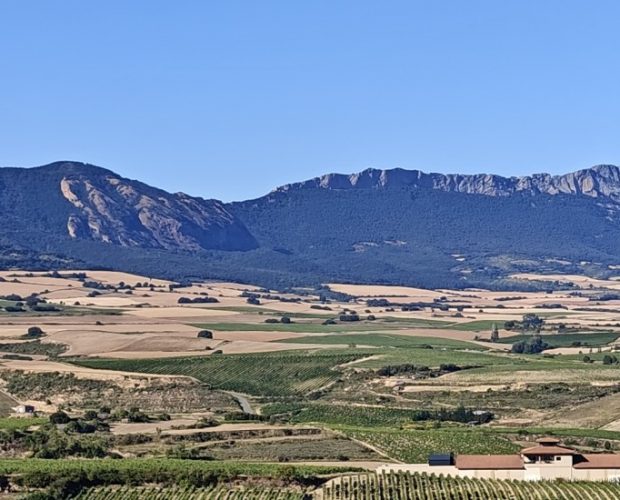 Experience the rich flavors of Rioja Alavesa wines. Explore its vineyards and wineries for a unique wine-tasting adventure. Plan your trip today! Read more
Experience the rich flavors of Rioja Alavesa wines. Explore its vineyards and wineries for a unique wine-tasting adventure. Plan your trip today! Read more -
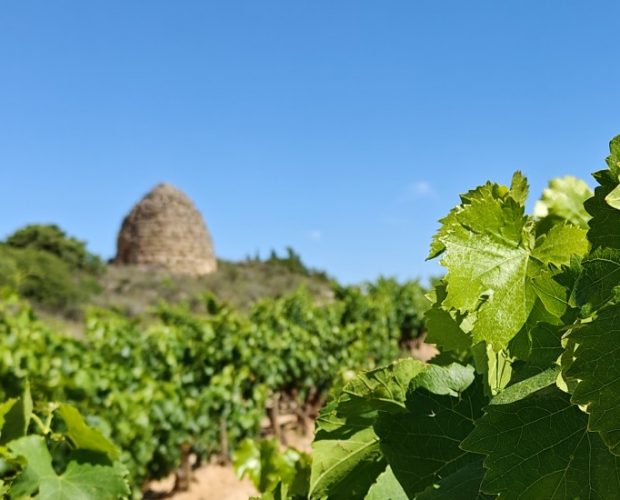 Explore the beautiful Rioja Alta wine region in northern Spain. Discover the best wineries, restaurants, and attractions in our comprehensive guide. Plan your trip today! Read more
Explore the beautiful Rioja Alta wine region in northern Spain. Discover the best wineries, restaurants, and attractions in our comprehensive guide. Plan your trip today! Read more -
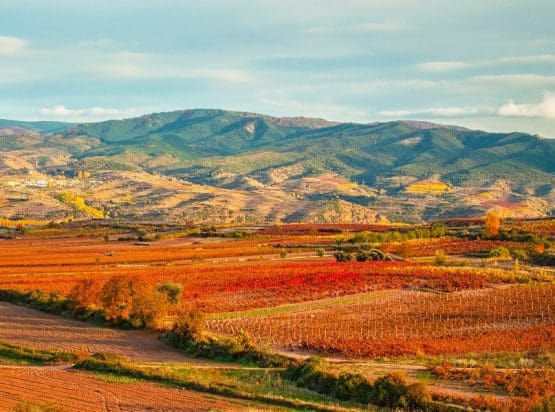 Explore Rioja Oriental, one of Spain's most historic and renowned wine regions. Discover the best wineries, and taste the finest wines. Plan your visit today. Read more
Explore Rioja Oriental, one of Spain's most historic and renowned wine regions. Discover the best wineries, and taste the finest wines. Plan your visit today. Read more
Highlights
-
Restaurante La Vieja Bodega
If you’re looking for an authentic taste of the Rioja region, you won’t find a better place than La Vieja Bodega. This restaurant is a true hidden gem, tucked away in the picturesque town of Casalarreina, about a 10-minute drive for Haro. As you step inside, the warm and inviting atmosphere immediately sets the tone for what’s to come – an unforgettable culinary experience. The menu is bursting with traditional Riojan dishes, each made with the freshest local ingredients and served with rustic charm. So whether you’re in the mood for a hearty stew, succulent grilled meats, or a delicate seafood dish, La Vieja Bodega has it all. And, of course, no meal here would be complete without a glass (or bottle!) of the region’s famous wine. So sit back, relax, and let La Vieja Bodega take you on a culinary journey through the heart of Rioja.
-
Abalos
East of Haro, Abalos is easily accessible for a day trip. It is a picturesque village dominated by the Sierra de Cantabria mountains. Its fascinating narrow streets contain many 17th and 18th century stone buildings, embossed coats of arms, an old palace, and a beautiful ornate 16th-century church. Vineyards surround it.
-
Church of Santo Tomas
On Haro’s most famous street, you’ll discover the lovely old Gothic church of Santo Tomas, which has an Herreran style south portal, delicately carved by Felipe de Vigarni in 1516, a Gothic nave, and a baroque altarpiece. It is one of the most beautiful religious buildings in Rioja.
-
La Herradura
This is Haro’s masterpiece, a small, compact area full of atmospheric alleyways and tapas bars galore. It is made for a relaxing afternoon, sipping wine and hopping from bar to bar.
-
Barrio de la Estación
The Barrio de la Estación, located in the suburbs of Haro, is a unique wine district where several renowned wineries are concentrated. Known locally as the “Station District,” it gets its name from the train station built there in the late 19th century. Visitors can explore this picturesque neighborhood on foot and experience some of the best wine tastings in the region. The wineries of the Barrio de la Estación offer a wide range of wine styles, from traditional Rioja blends to experimental and innovative wines. Wine lovers can sample some of the finest vintages while admiring the charming architecture of the bodegas, many of which date back to the 19th century.
Recommended for you
More information
If you would like us to customize an exclusive luxury tour, contact us and let us know your travel plans. We offer luxury food and wine tours for private groups of a minimum two guests. In addition, all of our private, chauffeured tours are available year-round upon request.

